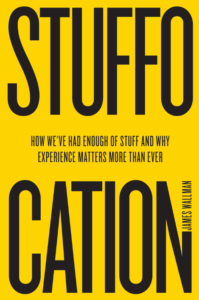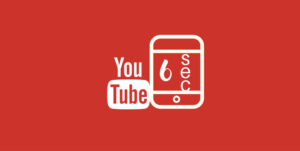“When I stand before God at the end of my life, I would hope that I would not have a single bit of talent left, and could say, “I used everything you gave me.”
Erma Louise Bombeck
Todd Henry’s brilliant book ‘ Die Empty ‘ is a wake up call surely. A guide to reclaiming your passion, finding your voice and unleashing your brilliance every day. We always seem to find solace in the fact there will always be tomorrow. But sooner or later all of our tomorrows will run out. That is time which is limited inventory. Each day that you postpone the hard work and succumb to the clutter that chokes creativity, discipline, and innovation will result in a net deficit to the world, to your company, and equally importantly to yourself. Ready to introspect?
I understand average might be both the old and new normal but a honest hand over your heart would have you admit that you were not meant to be average, nor am I. Average might be normal – I get that. But in the grand scheme of things, it’s not for me and it shouldn’t certainly be for you!
When you day dream, do you see yourself as the average Jane or average Joe or as being grander than life? I suspect the latter. Way to go! Being mediocre maybe a safe place at first and you are in this trap of thinking that things can’t get any worse. But, we have to know that the flip side is that things won’t get any better either.
“Most humans, in varying degrees, are already dead. In one way or another they have lost their dreams, their ambitions, their desire for a better life. They have surrendered their fight for self-esteem and they have compromised their great potential. They have settled for a life of mediocrity, days of despair and nights of tears. They are no more than living deaths confined to cemeteries of their choice. Yet they need not remain in that state. They can be resurrected from their sorry condition. They can each perform the greatest miracle in the world. They can each come back from the dead…”
― Og Mandino, The Greatest Miracle in World
It’s time to start an intelligent and provocative conversation with yourself. Be content in being discontent. Set yourself lofty goals without letting them intimidate you or scare you away. The very nature of our brain is such that it cleaves to the familiar. But the brain also remembers what it least expects. So, deliver the unexpected. Let familiarity breed contempt.
When the preferable is not available, the available becomes preferable. Beware of that. And all of it’s always been done that way syndrome.
So what does this mean for creative and marketing professionals. We understand that top lines and bottom lines are necessary compulsions in our corporate life. Stakeholder greed is de rigueur. Marketers will understand that the absolute worst place for a brand is to be “middle of the road, in no man’s land.” Average, adequate, middling are all meaningless. If you are in marketing and find yourself even remotely close to any of these trio, get away, fast. There is far more life beyond ” 25 to 70% off ‘ that you have been running as campaigns religiously for over the last 7 years. You are far better than that. Stop belittling your talent and capability. Especially with all the resources(financial & human) and standing that you have in the market as a brand. And above all, your individual ability, that is far far above the mediocre.
Time to raise the bar.
ENDS
www.groupisd.com
www.brandknewmag.com



